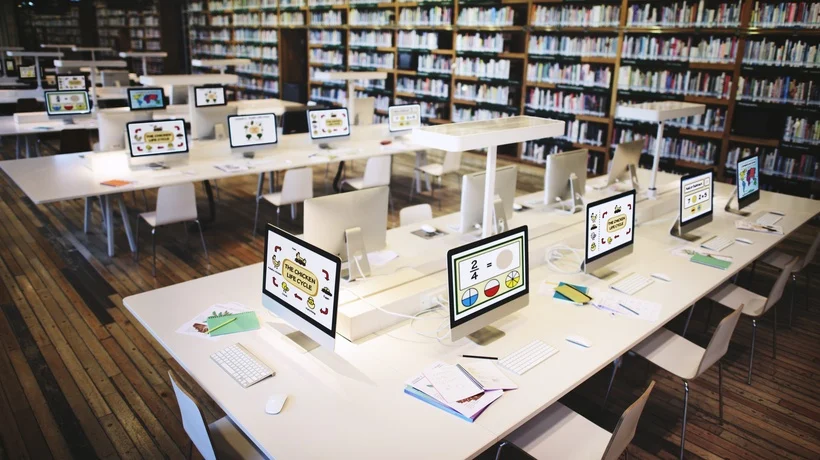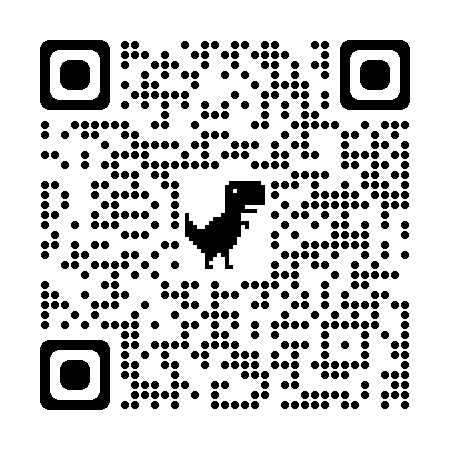How Digital Libraries are Transforming Education and Research in the Arab World
The rise of digital libraries has significantly reshaped the landscape of education and research across the Arab world. As technological advancements continue to influence every sector, the integration of digital resources into education systems and research platforms has become a pivotal factor in promoting accessibility, inclusivity, and innovation.
The Role of Digital Libraries in Education
Digital libraries provide students and educators with a vast array of resources that were once limited to physical institutions. From textbooks and research papers to multimedia learning materials, these platforms offer an unprecedented level of access to knowledge.
- Increased Accessibility: With internet connectivity becoming more widespread, students in remote areas can access the same quality of resources as those in urban centers. This eliminates geographical barriers and promotes equitable learning opportunities.
- Cost Efficiency: Traditional textbooks and printed resources can be expensive. Digital libraries offer a cost-effective alternative, reducing the financial burden on educational institutions and learners.
- Interactive Learning: Many digital libraries incorporate interactive features such as video lectures, quizzes, and discussion forums, enhancing the learning experience and fostering collaboration among users.
Boosting Research Through Digital Libraries
For researchers, digital libraries are indispensable tools that provide access to up-to-date academic journals, historical archives, and global studies. This accessibility is particularly crucial in the Arab world, where resources for advanced research have often been limited.
-
Comprehensive Databases: Digital platforms host extensive collections of peer-reviewed articles, dissertations, and datasets, empowering researchers to conduct thorough and innovative studies.
- Time-Saving Tools: Search engines and categorization systems within digital libraries streamline the research process, allowing users to quickly locate relevant information.
- Collaborative Opportunities: By connecting researchers across different regions, digital libraries encourage cross-border collaboration, fostering a global exchange of ideas and expertise.
Challenges Facing Digital Libraries in the Arab World
Despite their benefits, digital libraries face several challenges that must be addressed to maximize their impact:
- Limited Infrastructure: In some Arab countries, inadequate internet connectivity and technological infrastructure hinder the widespread adoption of digital libraries.
- Language Barriers: While many digital resources are available in English, there is a need for more content in Arabic to cater to the region’s linguistic diversity.
- Awareness and Training: Educators, students, and researchers may lack the necessary skills to utilize digital libraries effectively, underscoring the importance of training programs.
The Way Forward
To overcome these challenges, governments, educational institutions, and private organizations must collaborate to invest in infrastructure, develop Arabic-language resources, and provide training initiatives. By doing so, digital libraries can become a cornerstone of education and research in the Arab world.
Conclusion
Digital libraries hold immense potential to revolutionize education and research in the Arab region. By bridging gaps in accessibility and fostering innovation, these platforms are empowering a new generation of learners and researchers. As the Arab world continues to embrace digital transformation, the role of digital libraries will undoubtedly grow, shaping a brighter future for education and scientific discovery.








